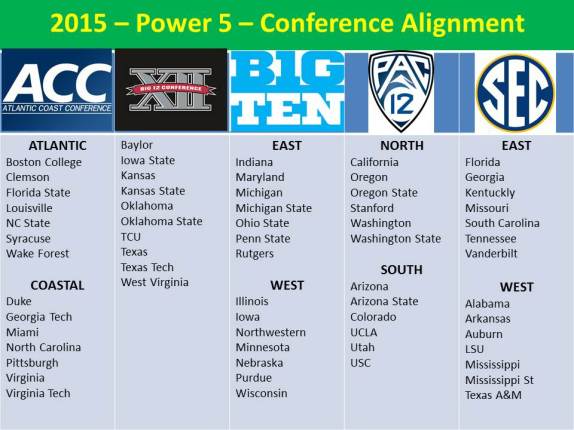There are so many thoughts and opinions I have about the Northwestern lawsuit petitioning the courts for the right to unionize, that I do not know where to start.
First of all, let’s start with today’s (8/17/2015) ruling by the National Labor Relations Board (NLRB). The NLRB did not actually answer the question of whether or not athletes should be considered employees of the university and, therefore, have the right to unionize. What the board ruled was that they do not have the jurisdiction or authority to respond to the Northwestern petition because the ruling may have implications to institutions (i.e.: public universities) that they do not have jurisdiction over. The NLRB’s ruling was, therefore, they are not in position to make a ruling. In other words, what the NLRB is saying, is, we are not the right body to make a ruling on this issue.
Now let’s address the core issue of what the Northwestern petition is all about. So many people rendering an opinion on this topic seem to believe that this all boils down to the players getting paid to play college football. Buzz, wrong answer, but thanks for playing. In fact, the argument that these athletes are already getting paid by way of scholarships and room and board, actually supports their claim that they are employees of the university. That is what the players are claiming. The players claim that they are employees of the university and should be covered by the same health care, workers comp and other employee benefits that all university employees get – including the right to unionize. Whether the players get one penny more than what they get today is not at issue. It’s the other employee benefits they are arguing about.
Did you know that when a scholarship athlete gets injured in practicing for or participating in the sport that they play, the university has no obligation to cover the medical expenses that result from such injury? That is correct – NO OBLIGATION TO COVER THE MEDICAL EXPENSES. The NCAA rules say that the university may elect to cover these expenses, and most do, but there is no legal recourse should the university decide not to pay these expenses. And, furthermore, the university can, and often do, revoke the scholarship and leave the athlete damaged and on their own.
This is all a question of fairness. What is fair to the athlete and to the university? And, who looks out for the athlete in questions of fairness? The answer to that question is, no one. Not the NCAA – it works for the universities. Not the university itself – there are just too many conflicts of interest here. There is no organized entity that has the health and welfare of the athletes as their primary, sole focus. Now, how fair is that?
And, since I am ranting, let’s talk about pay for play, although that is not what is at stake here. My contention has always been, whether it is paying college football players or how much we pay our professional athletes, the question isn’t really should we or how much should we pay them, but really a matter of what is the equitable distribution of the pot of money that the sports bring in. It is a different matter if we must figure out how to generate more money to cover this expense – but let’s put that issue aside. College football generates a ton of money. Lots of people are getting rich off of the machine we call big-time college football. Throw all that money in a pile and decide what is the right and honorable and fair distribution of this shipload of money? What doesn’t go to the players goes to someone. The question isn’t so much, in my mind anyway, should we pay the players, but are we paying the right people and are we paying them fairly? How much of that big pie of money should go back to the athletes?
Okay, let’s say that we consider the scholarships and room and board, etc., that the college football players receive as their pay. If you discovered that that “pay” accounts for less than 1% of the money that this sport brings in, would you consider that fair? People are making a lot of money off of these young athletes – is it the right people?
And, most importantly, who is representing the athletes in trying to answer that question? Therefore, they want to unionize to have a group representation of their best interests and not be an army of one athlete at a time addressing these concerns.
I know that, sometimes, I can go too far in my analogies in trying to make a point, but, one could argue that the pre-civil war slaves were getting free room and board; what the heck do they need more than that for? We eventually decided that the right of the individual slave was more important than the benefit of the tobacco or cotton industries. Eventually, we may decide that the rights of the athletes are more important than preserving the college football landscape that we know today.
Now, don’t get me wrong, I LOVE COLLEGE FOOTBALL!! But, fair is fair.





 Meanwhile, in 1890, at the University of Michigan, a young black man by the name of
Meanwhile, in 1890, at the University of Michigan, a young black man by the name of 